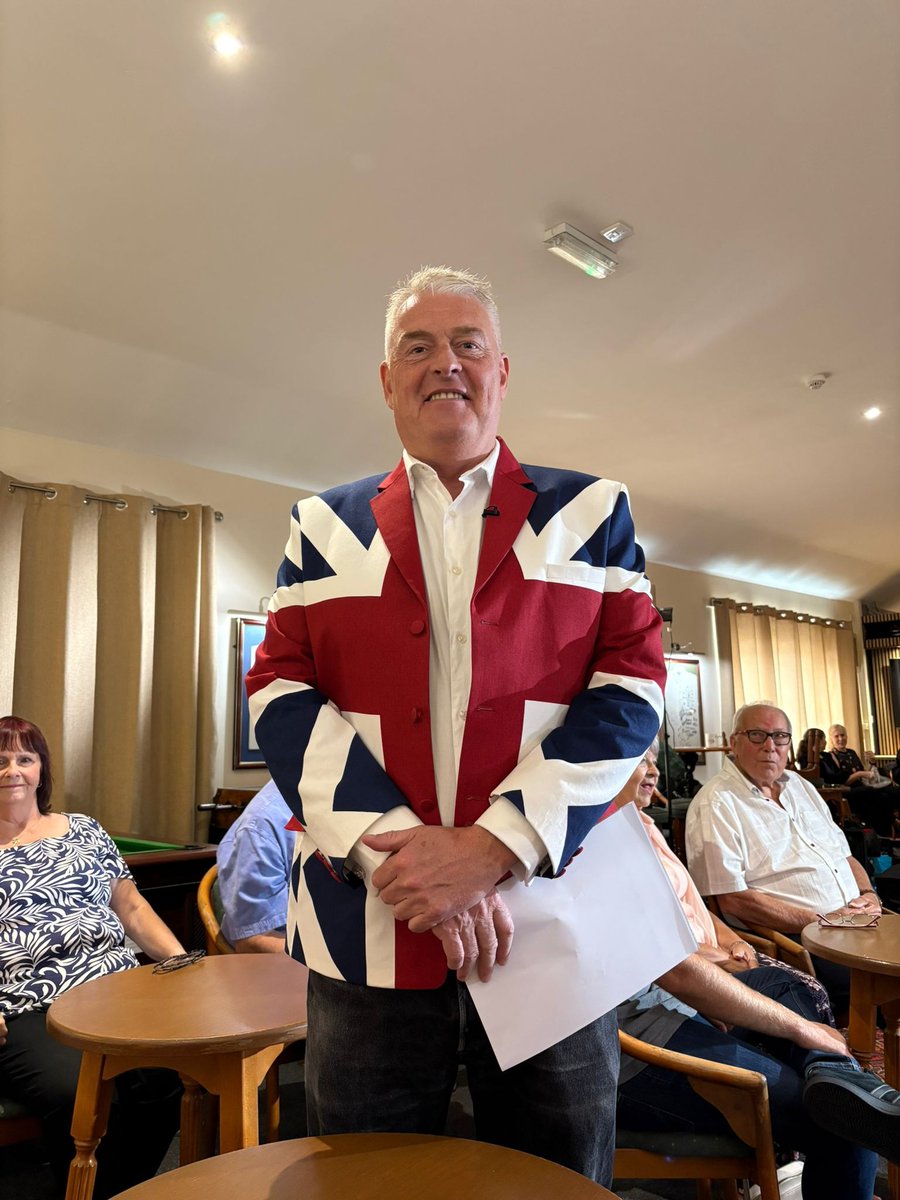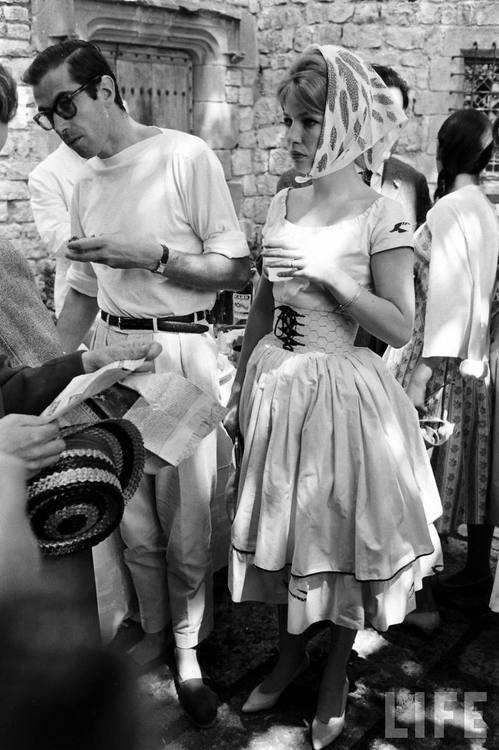Today's discussion of banning transgenderism, or "gender ideology," makes me wonder what this would mean in practice for fashion. Would we be legally required to perform our assigned gender? 🧵
About 10 yrs ago, I interviewed Frank Muytjens, then the head of J Crew's menswear design, about how he decides which brands to feature in the company's "In Good Company" lineup. He told me he included Red Wings because he liked how lesbians in Chelsea wear them with slim jeans 

Of course, that combo later became a signature of the heritage menswear movement. The uniform of a slim plaid flannel shirt, slim jeans, and chunky work boots signaled the person was referencing ideas about masculinity, but not actually performing manual labor 



This porous border between LGBTQ and cis fashion has happened many times before: the Castro Clone look of the 1970s became the Magnum PI of the '80s. Rick Owens has cited performance artists Christeene Vale and David Hoyle as inspirations 







What about artists such as Prince and David Bowie? Would they have been legally required to perform their assigned gender? Prince famously had more than 3,000 pairs of bespoke boots. Most were for these fantastical, steel-bar-enforced booties with high heels 



What would this look and these boots mean? Would they be made illegal? Are they masculine, feminine, or something else? Prince didn't just wear these on stage; they were part of his daily life. 







Some things we consider to be so obviously gender-neutral or masculine were not always so. The t-shirt started as a union suit, a type of one-piece underwear originally created for women under the Victorian dress reform movement of the late 19th cent. Women considered it freeing. 



Men later adopted them and then in 1904, Cooper Underwear Company turned the top half into the t-shirt, advertising it as a "bachelor undershirt" for men with no wife or sewing skills. No worries if a button falls off bc there are no buttons! The virile man in ad sold the idea 



By mid-century, actors such as James Dean and Marlon Brando cemented the t-shirt's association with masculinity, effectivity burying any memory that the t-shirt started as women's underwear. 

Anyway, I'm not a gender theory expert, and many know this territory better than me. But from what I know of menswear, there is a porous border between LGBTQ and cis fashion, men's and women's wear. People seem to exist on a gender and sexuality spectrum.
And how we read gendered fashion changes over time. What would it mean to ban transgenderism? Would the police arrest you for wearing the wrong clothes or shoes? That seems to require a pretty high level of police state and surveillance that no one would accept.
If you'd like to read more about how J. Crew sold Red Wings because the menswear designer liked how lesbians wore them with slim jeans, I wrote about it here, along with other stories about how gay fashions go mainstream
putthison.com/straight-copyi…
putthison.com/straight-copyi…
• • •
Missing some Tweet in this thread? You can try to
force a refresh

































